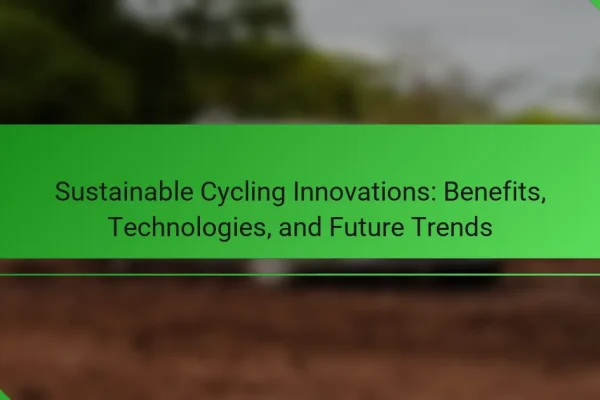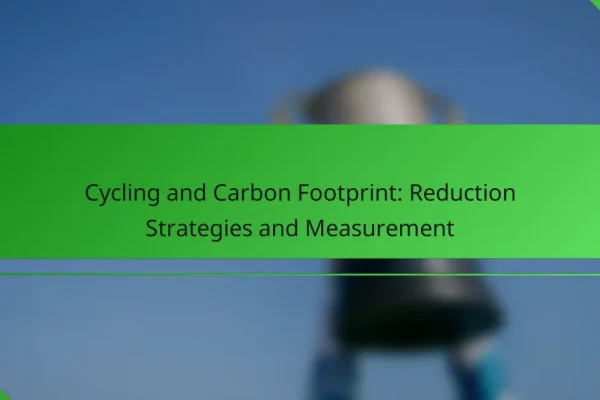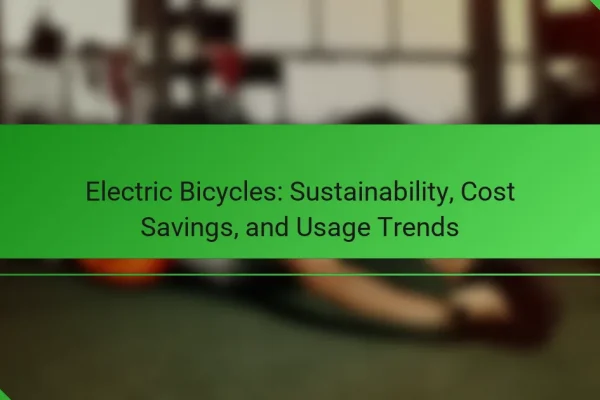
Urban Cycling Infrastructure: Designs, Benefits, and Case Studies
Urban cycling infrastructure significantly enhances community health, reduces traffic congestion, and boosts local economies. This article explores effective designs like dedicated bike lanes and secure parking, highlights the benefits of improved public health and mobility, and examines successful case studies from cities such as Amsterdam and Copenhagen. Additionally, it addresses the challenges of implementation and…






